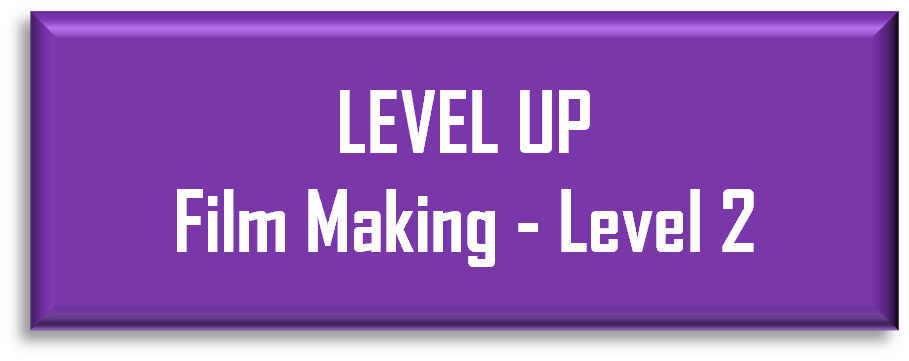
Making a Short Film - Level 1
In this level, you will explore the process of visually telling a story through short film. The final challenge will be to craft a storyboard that shows the plot and types of shots for your short film idea.
On your journey to tackle the Final Challenge and complete the Level, you will need to earn 2 Power Ups and gain 2 Experience Points along the way.

In this level, you will:
- Gain Experience by plotting out your storyline
- Gain Experience by identifying the theme and mood of your short film
- Power Up by discovering the types of shots that film makers use
- Power Up by learning how and why to create a storyboard
- Take on the Final Challenge by crafting a storyboard of shots for your film
This Level Up Challenge is based on a unit designed and developed by a student Thespian.
GAIN EXPERIENCE: Get Your Story Straight
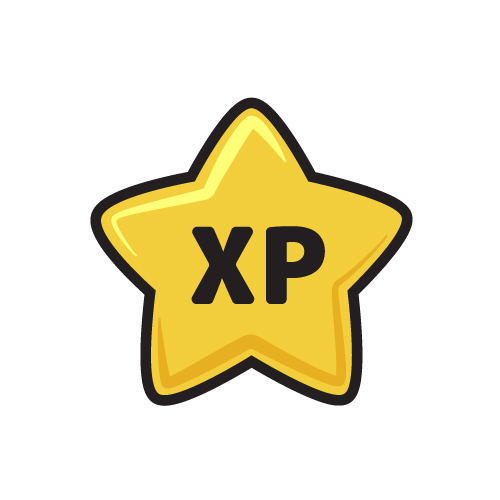
Before you can begin to produce or create a short film, you need to ensure that you have a clear idea of the story that you will be telling.
For this short film, you will be given an open scene to use as your script. A script for an open scene is a set of seemingly random words or phrases written so they can be interpreted in many ways. In order to turn this into a believable scene, you will need to focus on defining who the characters are, what is happening in the scene, where the action is taking place and what each character wants.
For an example of an open scene performance, watch the following two videos that use the same script, but tell a very different story.
- Open Scene 1(source: SCC Digital Video Productions)
- Open Scene 2 (source: SCC Digital Video Productions)
TO GAIN EXPERIENCE: Download your open script here. Then, create the story that goes with it and begin to think about how you will tell this story visually. Consider the following questions for the story that you will be telling with your short film using this script:

- Who are the two characters? What is their relationship with each other?
- Where is the scene taking place?
- What is the scene about? Are there previous circumstances that lead to this conversation?
- What does each character want from the scene? How do they use each line to try to get what they want?
- How will you tell this story visually?
Plot out your idea on a plot diagram similar to the one pictured above. Make sure you know what the key moments are in the story timeline and the narrative arc that the story will take. TIP: Need a refresher on story elements? Watch this video about the elements of a story (source: Khan Academy).
GAIN EXPERIENCE: Identify Theme & Mood


Now that you've identified the key plot points in your story, it is important to identify the theme and mood of the story you are telling, since this will inform how you create your film.
When you are creating a film, you are visually telling a story to the audience through a camera. Be thinking about how you will use the elements of film not only to convey the characters and action, but also the theme and the mood, which will enhance the story. Film can be especially powerful to bring to life an open script; which requires the audience to immediately understand the characters and their motivation. Choices of location, lighting and camera shot can add to the actor’s tools to demonstrate relationships and heighten the action.
TO GAIN EXPERIENCE: Identify what the theme and the mood will be for your short film. Answer the following questions: What do you want audiences to be thinking/feeling after they are done watching your short film? Does the mood shift throughout the story? How do you plan to show this visually?
POWER UP: Explore Video Storytelling
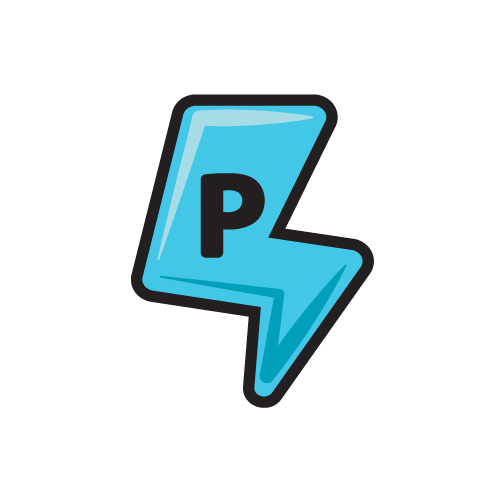
Filmmakers have many different tools that they use to visually tell the story and convey meaning to their audiences. One tool filmmakers pay attention to is what is captured within the camera frame. This may include not only the actors, but also settings and objects. When including shots of actors, consider how much of the subject you would like to include in the frame. Will it be a close up, or will we see them from a distance, or even from behind?
In all cases, remember that the camera angle and what is included in the frame is crucial to telling the story to the audience. In theatre, blocking includes planning the movement of the actors to focus audience attention. In film, blocking includes not only planning the actor’s movements, but also the movement of the camera and what it captures to determine audience point of focus.
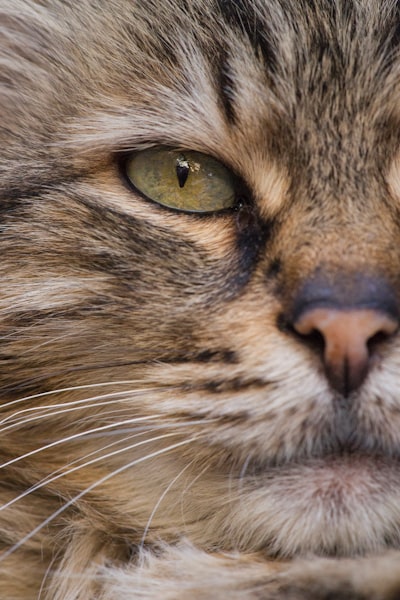
For the final challenge, you will be creating a storyboard to outline the story of your short film, and show which shots you want to film. When creating a storyboard, it is helpful to understand the different shot types that you can use to direct the audience's focus. There may be times when a close up of your subject will help tell the story best, and other times when a full body shot works better. There may also be moments when showing the environment or the action is important to telling the story.
NOTE: If you worked on a film crew, you may also be required to come up with a detailed shot list that plans out the shots you want to film. For this challenge, we will be going straight into the storyboard step.
TO POWER UP: Watch this video (source: Shutterstock Tutorials) to learn more about some of the basic shot types that are helpful to know as a filmmaker. This will help you create your storyboard, decide what your focus will be, and which shot type will help tell the story best at each moment of your film.
POWER UP: Discover Storyboarding


Storyboarding is a tool that is used by filmmakers to provide them guidance when they go to film a scene. The storyboard is a series of sketches that communicate the following information: What is in the shot and why? How close or far away should the camera be? Which camera angle will work best? How long will the shot be?
Watch the following two videos about how to storyboard and why it is an important part of the filmmaking process:
- How to Make a Storyboard (ft. Star Wars) (source: StudioBinder)
- Storyboarding (source: Khan Academy)
TO POWER UP: Decide how you'd like to make your storyboard - by drawing it on paper, or by creating it digitally. If you'd like to draw it on paper, you can sketch out your own rectangles on a piece of paper, or download this storyboard template. If you'd like to try to make a digital storyboard, you can check out Storyboard That, or use another tool such as PowerPoint, Adobe products, etc.
If you want to dive deeper - you can visit this webpage (source: Learn About Film) to see additional filming planning templates that a film crew may use.
FINAL CHALLENGE: Have No fear, Storyboard is here!
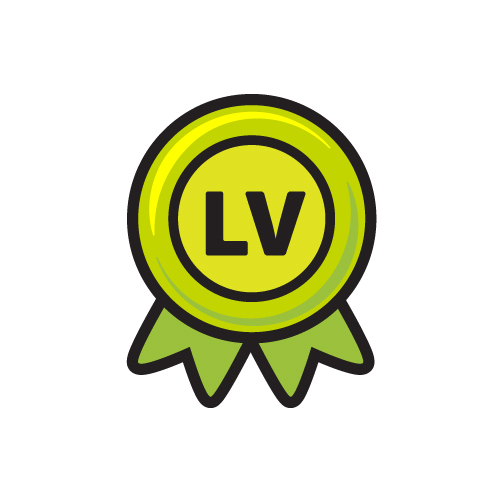
During this journey, you powered up by learning about types of shots and the importance of making a storyboard. You also gained experience by plotting out the key moments in your story and identifying the theme and mood you are going to work towards. Now, using the power ups and experience points you gained along the way, you are ready take on the final challenge: storyboarding your whole story concept.

TO COMPLETE THE FINAL CHALLENGE: Create a physical or digital storyboard for your short film concept. When making the sketches for your storyboard, be sure to include the scenery and what you want in the background, as well as the characters and what actions they are taking. Consider all of the different kinds of shots you may want to use, and make a note for each shot which type you will be using. You may also find it helpful to have additional notes on dialogue, character descriptions, what is occurring during each shot, and anything else that you will need to know when it comes time to film that shot.
| Access Date | Quiz Result | Score | Actions |
|---|
Learning Center
- Webinars
- Adjudication Trainings
- Featured Courses
- Full Course List
- Lesson Plan Library
- Click to Teach Interactive Online Lessons
- Resources for New Theatre Teachers
- Technical Theatre Educator's Manual
- Connected Arts Networks
- Diverse Resources for Theatre Education
- Behind the Scenes Technical Theatre Curriculum
- Social & Emotional Learning
- Additional Standards Based Instructional Resources
- Search the Catalog
- Cart (0 items)
Full Site Search
Membership Benefits
Join EdTA for full access to our professional development and standards-based teaching resources, including:
- 300+ lesson plans
- Click to Teach online lessons
- K-12 curriculum
- Webinars
- And more!




